|
First Bank of Fillmore
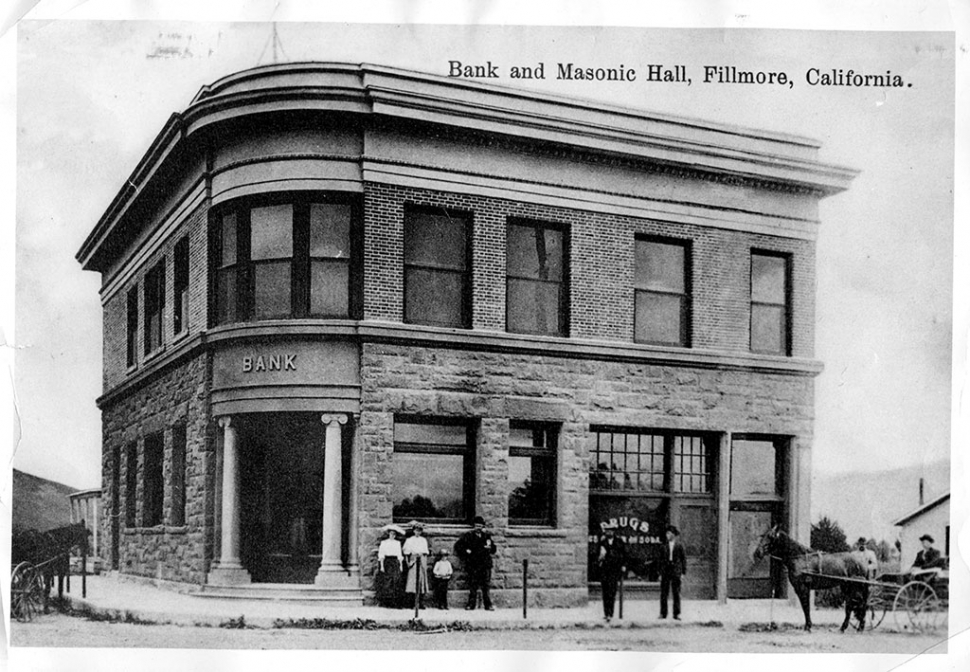 The first original Fillmore State Bank at Santa Clara and Central which became incorporated in 1905. Photos courtesy Fillmore Historical Museum. By Anonymous — Wednesday, May 13th, 2020
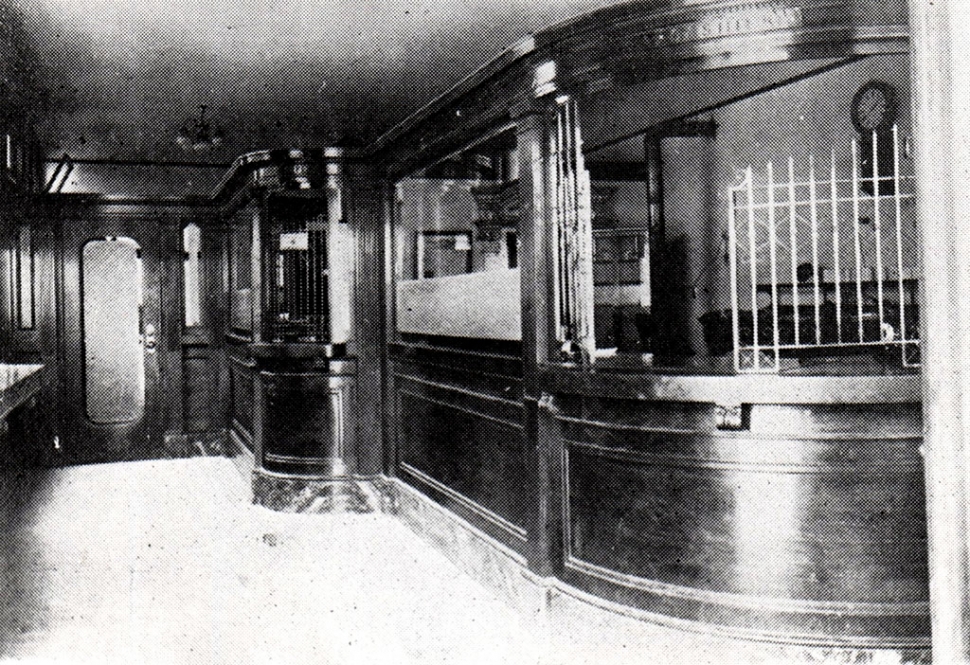 Interior of the original bank building. 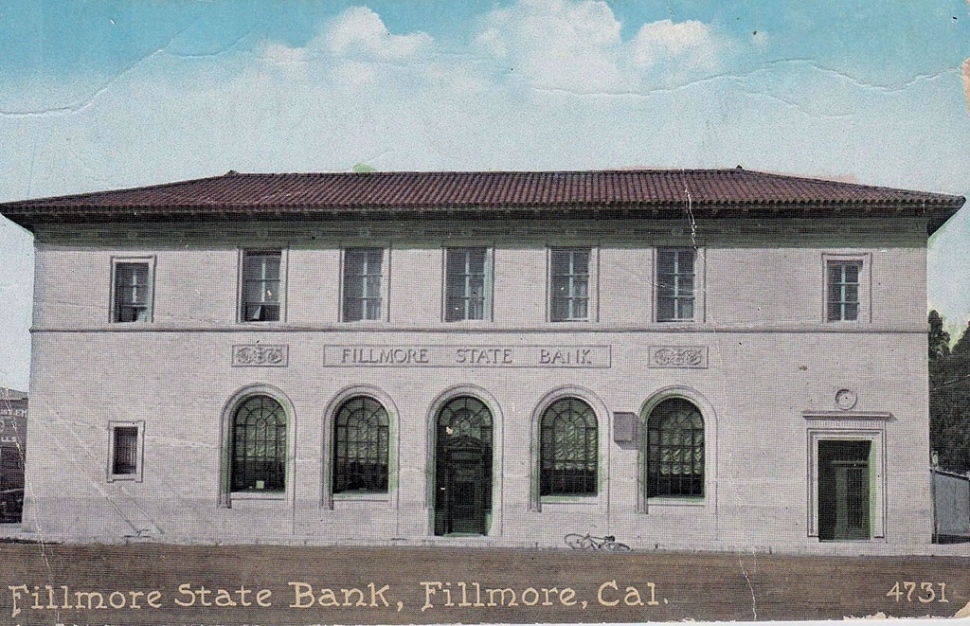 Second Fillmore State Bank Building at Main and Central. 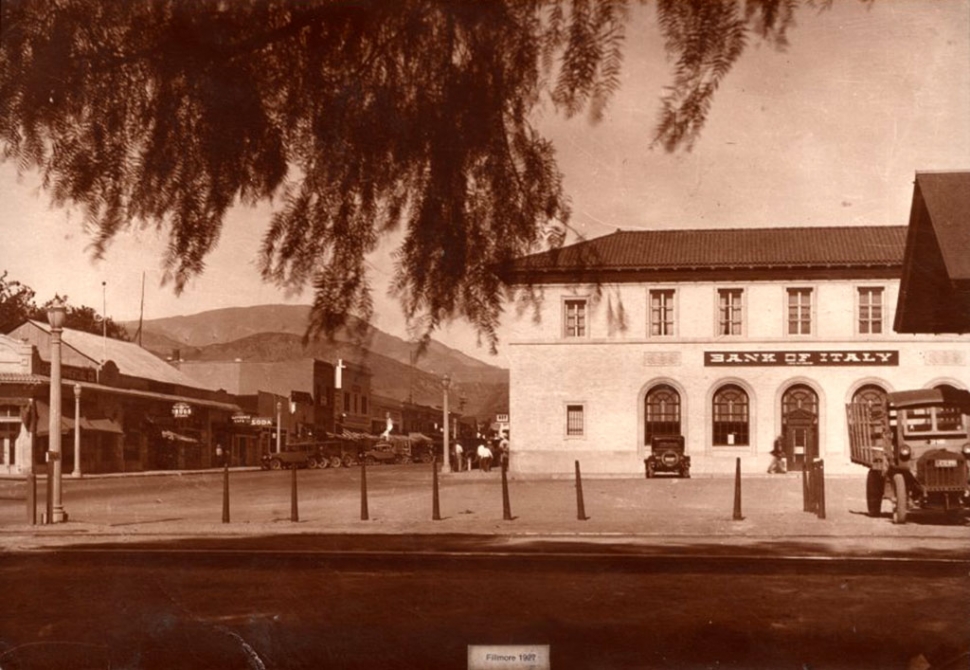 Same building, but now Bank of Italy. 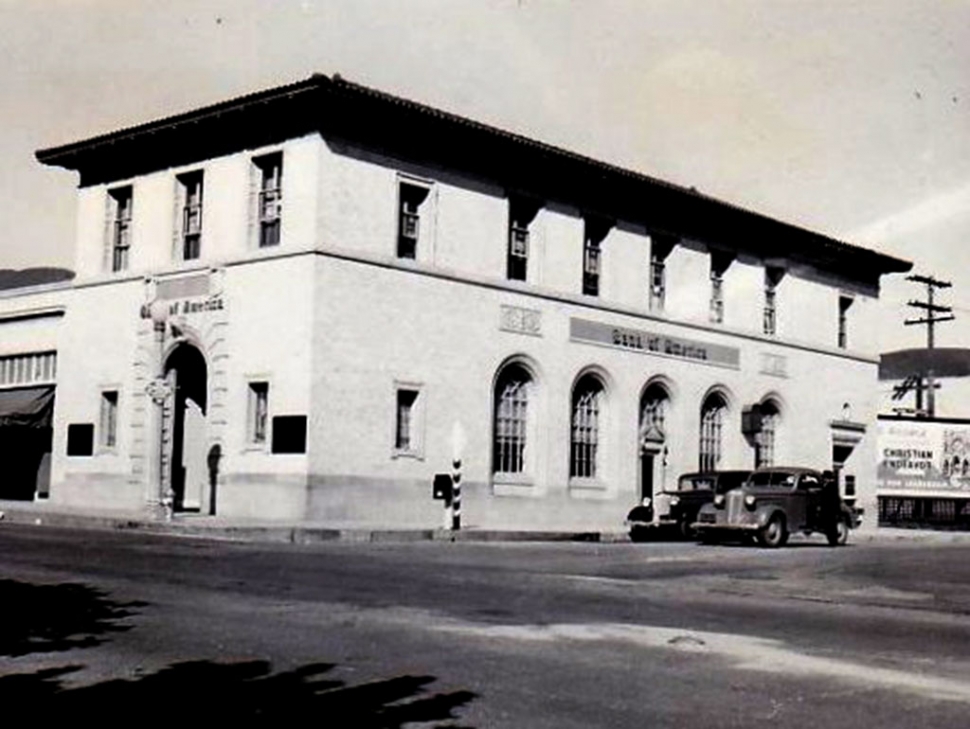 Same Building but now Bank of America. 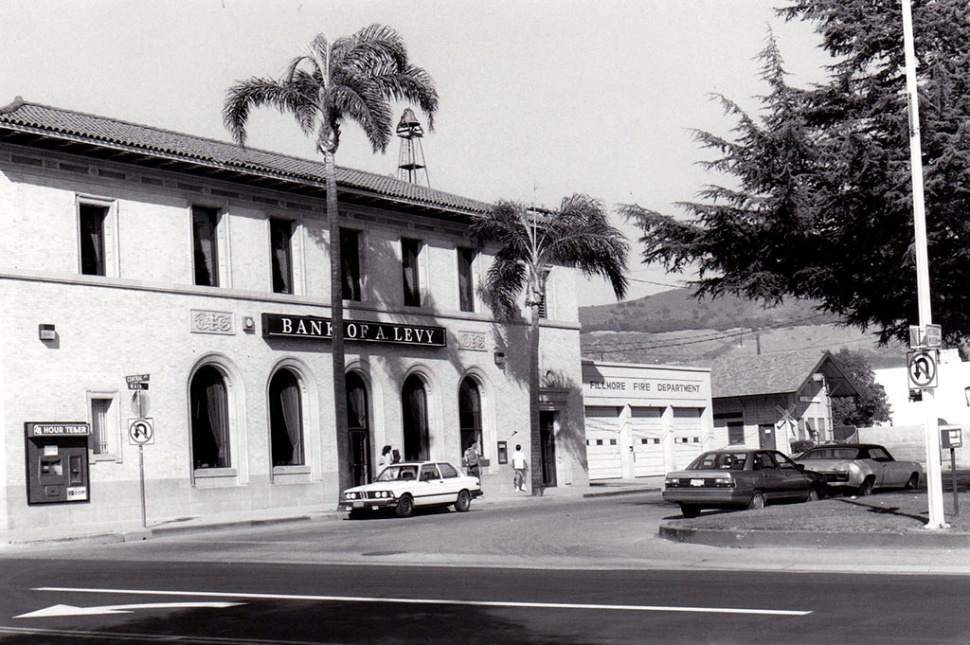 Same Building but now Bank of A. Levy. 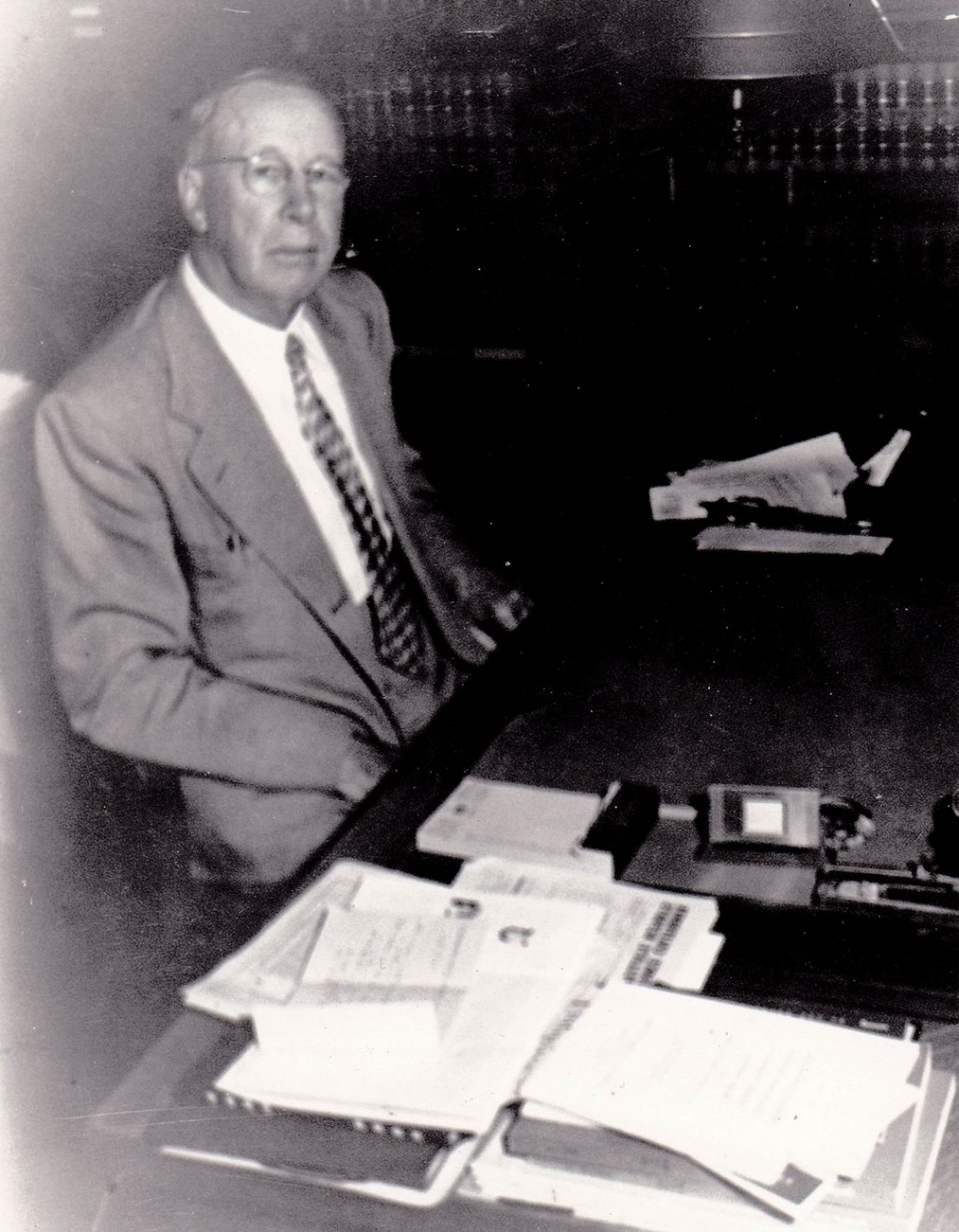 Fergus "Ted" Fairbanks. 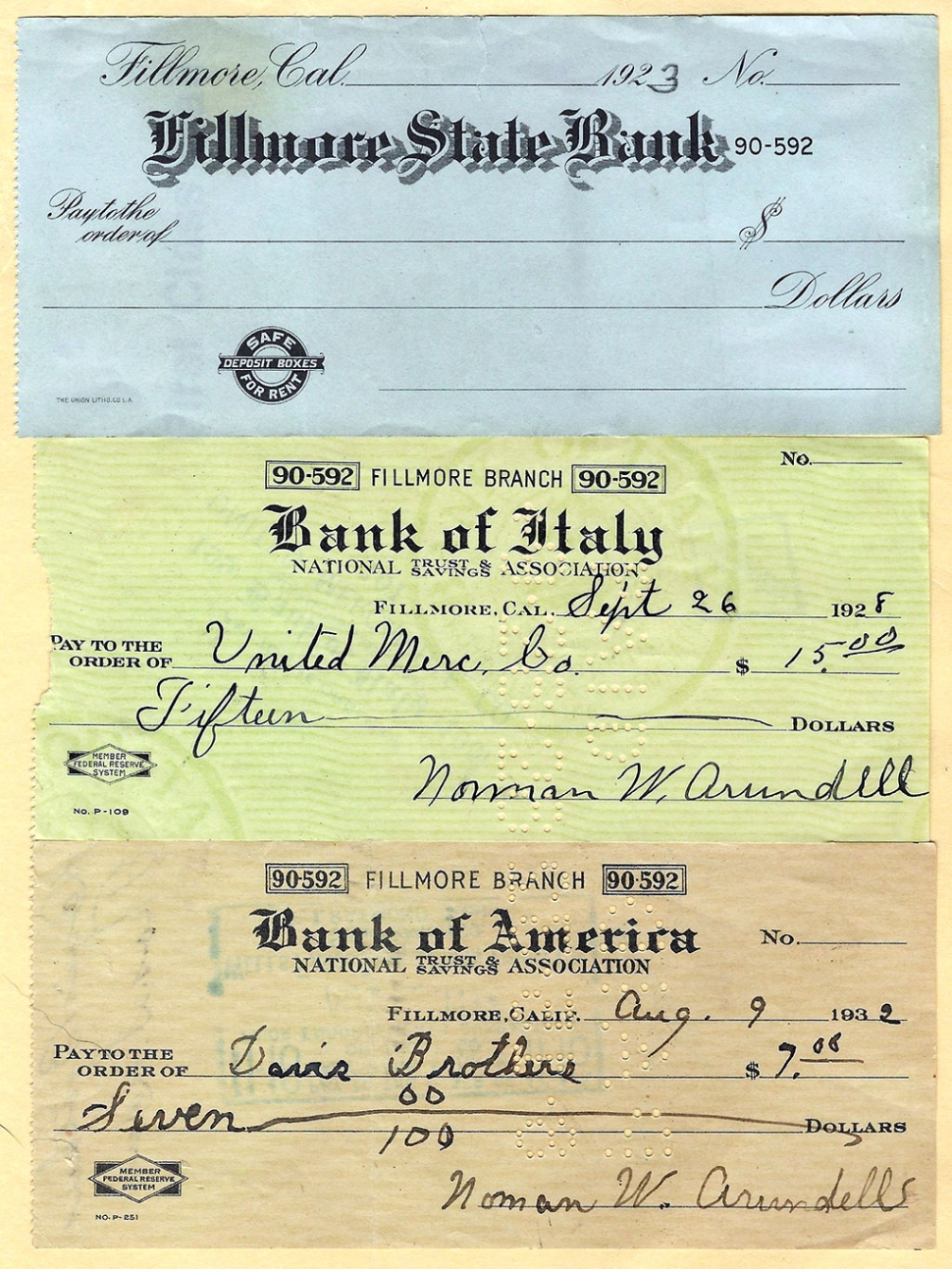 Copies of checks from the first three incarnations of the bank. Courtesy Fillmore Historical Museum Fillmore’s first bank was incorporated in 1905, before the town was incorporated. The president was Felix Ewing, an attorney and judge on the Ventura County Superior Court, who never lived in Fillmore but served as legal council for many area banks including the Bank of A. Levy. Its first location was on the southeast corner of Central and Santa Clara Street (the building still is there today) and was faced with Sespe Brownstone from George Henley’s Sespe quarry. The Masons met on the second story until they built their own building on the northeast corner of Sespe and Central in 1920. One of the early employees at the bank was Fergus “Ted” Fairbanks. He was the cashier at the bank from 1907 until 1919 when he entered the law profession. Previously he had lived in Ventura and had been employed by the Bank of Hueneme. In 1963, Mr. Fairbanks wrote an article for the Ventura Historical Society, “Early Day Banks and Banking in Ventura County” which gives his personal perspective on the banking industry and particular banks in the county. He had been recruited by Judge Ewing to “wake the town up – it was nearly dead.” Fairbanks told him he would not take the job unless the bank would back him getting a newspaper started in the town. The Judge was reluctant, probably because he thought Fairbanks was looking for a financial backing. Once it was made clear only moral support was wanted, the deal was struck. The bank had a new cashier and Fillmore had a newspaper. Ted Fairbanks immediately became active in the community, being a charter member of the Board of Trade (later the Chamber of Commerce) and the Rotary Club as well as serving on the School Board. He practiced law in Fillmore for many years George Tighe succeeded Ewing as president. Tighe was local business owner with a department store at 345 Central Avenue. It was noteworthy for, among other things, having the first paved sidewalk in Fillmore in 1909. By 1917, the Fillmore State Bank outgrew its original building and a new building was built just up Central Avenue on the northwest corner of Main and Central. For many years the town library occupied the second floor. The Fillmore State Bank stayed in business at that location until it was bought by the San Francisco, Bank of Italy in 1927. Bank of Italy had been founded in 1904 in San Francisco by Amadeo P. Giannini, and began expansion throughout California. In 1928 the Bank of Italy merged with the smaller Bank of America in Los Angeles and took that as its name. The Bank of America remained at the Main and Central site until it sold the building to the Bank of A. Levy in 1965. Bank of America moved to a new location at 552 Sespe Avenue. In 1995, the Bank of A. Levy was taken over by First Interstate Bank, who in turn was taken over by Wells Fargo. This is how one building, on the corner of Main and Central, became the home to many banks. |
